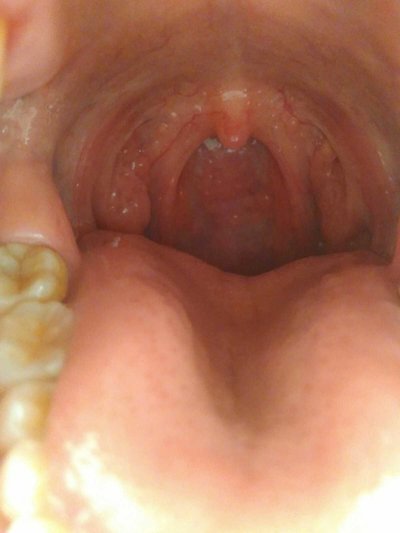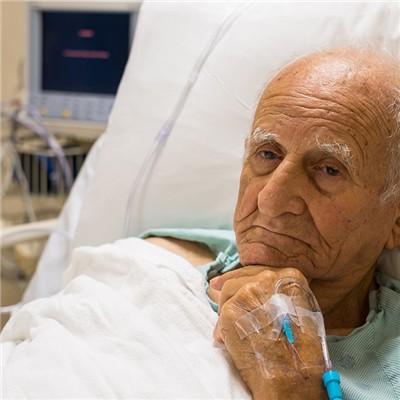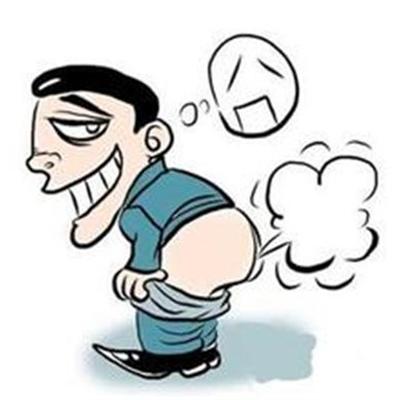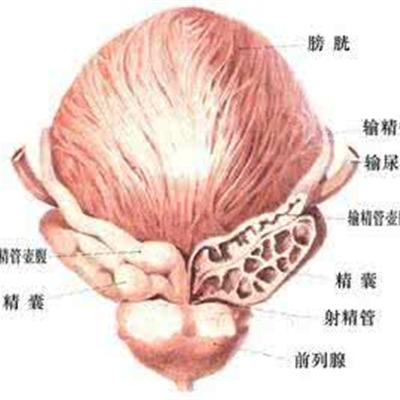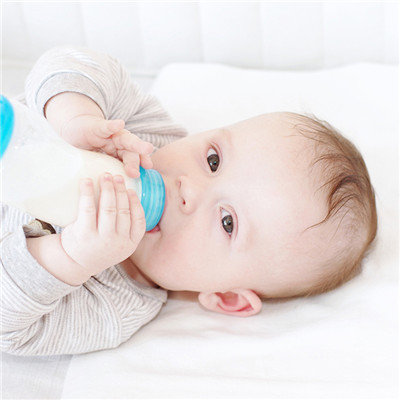Baby heatstroke symptoms?
summary
Human is a constant temperature animal. No matter how much the temperature changes, the body temperature can be maintained at about 36-37 ℃ under normal conditions through the regulation of hypothalamic thermoregulatory center. However, the human body has a certain tolerance limit to the rising degree and duration of the ambient temperature. When exposed to high temperature for a long time, the body will lose the function of regulation and compensation. In high temperature, high humidity environment or in the hot sun for a long time, leading to temperature regulation dysfunction, causing water and electrolyte metabolism disorders and nervous system function damage and a series of symptoms, namely heat stroke (heat illness) or summer fever (summer fever). Generally speaking, people with acute onset and severe illness are called heatstroke. Patients with mild onset, mild symptoms and long duration are called summer fever. In recent years, the incidence rate of the air conditioner has decreased obviously due to the improvement of living standards and the extensive application of air conditioners. Let's talk about the baby's heatstroke symptoms?
Baby heatstroke symptoms?
1. Heatstroke should be considered for children who have been exposed to high temperature environment or have a history of exposure to the hot sun, with elevated body temperature, sweating, dehydration, irritability, drowsiness, muscle twitch or disturbance of consciousness. The higher the body temperature, the longer the duration, the worse the prognosis. Body temperature up to 41 ℃ is a risk index, often coma or convulsion, if the fever continues for several hours, the survivors may leave permanent brain damage; When the body temperature is as high as 42 ℃, it is easy to secondary central respiratory and circulatory failure and lead to death; The loss of a large amount of sodium chloride in the body can also lead to paroxysmal limb muscle spasm and convulsion; Because of high fever, dehydration, acidosis, blood concentration or increased viscosity, DIC can be induced, making the condition suddenly worse, or even death.

2. Between 38 ℃ and 40 ℃, it can be missed type, relaxation type or irregular heat type. The hotter the weather, the higher the body temperature. The fever period can be as long as 1-3 months, and it will decrease naturally when the climate is cool. Wuhan pediatricians have observed that some of the children with persistent fever had their body temperature returned to normal after they moved to Lushan.

3. Although the child has sweat gland dysfunction, but the renal function is normal, so the urine is clear and frequent. Although the urine volume is not as much as diabetes insipidus, it can reach more than 20 times a day and night, without protein, and the proportion of urine is often below 1.008; Due to the reduction of water between tissues, saliva secretion is reduced, resulting in thirst and excessive drinking. The daily drinking amount can reach more than 3L.

matters needing attention
The children with heatstroke should take effective cooling measures immediately. First of all, remove the child from the high-temperature environment, and transfer him to a cool and ventilated place or an air-conditioned room. After lying on his back, place ice bags on his head, neck, armpit and groin, and use cold water or 35% alcohol to wet the towel and wipe the whole body. When doing physical cooling, due to the stimulation of cold, the skin may have vasoconstriction and muscle tremor, which will affect the heat dissipation and increase the body's heat production. Therefore, it is often combined with drugs to cool down at the same time. Chlorpromazine can dilate peripheral blood vessels, reduce muscle tremor, and achieve the purpose of cooling. Generally, 0.5-1mg/kg is added into normal saline for 1-2h intravenous injection. However, it is not suitable for patients with pale face, cold and wet extremities, and obvious decrease of blood pressure. Adrenocortical hormone has a rapid antipyretic effect and can reduce the incidence of heatstroke complications.
